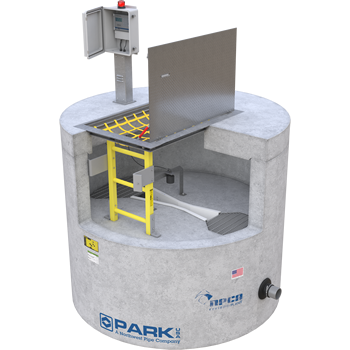Flumes - Model
Flumes
•Flow measuring techniques will vary depending on the application flow type. There are two basic types of flow systems; closed channel, and open channel. A Closed Channel can be described as water flow through a completely filled pressurized pipe. Flow measurement is typically performed by inserting a mechanical meter, venture meter, magnetic meter within the pipe. A typical example of a closed channel flow is a city potable water line that is metered with a turbine meter.
The second type of flow type, Open Channel, is best described as, water that flows with a “free surface” typically in a non-pressurized (atmospheric) pipe or channel. Examples are rivers, irrigation/drainage ditches, canals, and for sanitary sewer. The most practical method for Open channel flow measurement is accomplished by the use of a hydraulic structure; flumes and weirs. These hydraulic structures enable flow calculation by measuring the water depth at a single point. And by using the structure’s associated equation or table, the flow rate can be calculated. Open channels are used to conduct liquids in most sewer systems, sewage treatment plants, industrial waste applications, and irrigation systems.
Features
Dolor Sit Amet
- Fiberglass or plastic flume insert
- Precast concrete basin
- Flow meter
- Optional - Stilling well connection


A flume is a specially shaped engineered structure that is used to measure flow of water in an open channel. The flow rate through the flume can be determined by measuring the liquid depth at a specific point in the flume and using the flume’s associated equation based on the head to flow relationship.
Additional Resources
File Preview ⬎















